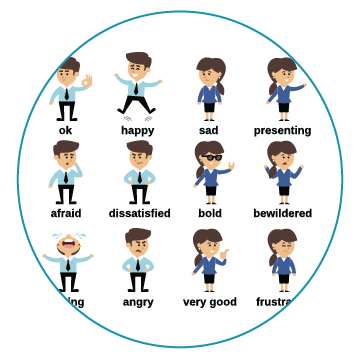Motivation can be a fragile thing. More often than not, it is easier to demotivate your team than it is to motivate them. Motivation is almost always intrinsic, and it originates from within an individual.
As opposed to always focusing on motivation, more effective leadership and management techniques may be those which serve to not demotivate those around you. Not being a demotivator is reliant on your own communication choices with your team.
A few key demotivators to avoid with your team would be:
Being Excessively Critical
Guidance and direction are one thing, criticism is another. Guidance points to success and development, while criticism highlights and publicises failure. While managers and leaders cannot simply ignore poor practices and procedures that may compromise performance, or productivity, there are ways to approach your team that will inspire internal motivation, rather than encourage demotivation.
The core objective as leaders and managers is to reach organisation’s goals in the most efficient and effective way possible. To do this, it requires an understanding that all available assets must be activated to perform at their best. If a team member is not performing at an appropriate level, it is your responsibility to do what has to be done to resolve the problem. If there is a demonstrated need for more training, provide it.
Excessive criticism may lead to team members who will actively work against the goals of the organisation and no amount of motivational techniques will creative internal drive.
Failing to Appreciate and Reward
Some of the most demanding challenges as a leader or manager arise when there is a need to balance what needs to get done, against what needs to be reflected upon and improved. In today’s numbers oriented world, it is easy for managers and leaders to focus on the numbers to the detriment of their people skills. When a person or department reaches or almost reaches targets, set time aside amongst the team to celebrate the achievement.
Appreciation doesn’t function merely in celebrating achievement, it has a much broader definition. Celebrating milestones demonstrates a regard for others and a respect for their energy and effort directed towards the goals of the organisation.
Ignoring Progress
Checkpoints are very important for goal setting. However, to be effective you must be faithful and diligent in your inspection and regulation of them. By ignoring progress within projects your team is involved with, you undermine their confidence and risk that key objectives will not be met when or how you wish them to be. Checkpoints provide the facts that you have to work with to improve. They tell you what, if anything needs to be corrected or modified.
Just as it is important to reward progress, it’s also equally important to note the direction and speed of work amongst your team to maintain peak productivity.
Is your communication style demotivating your team?












